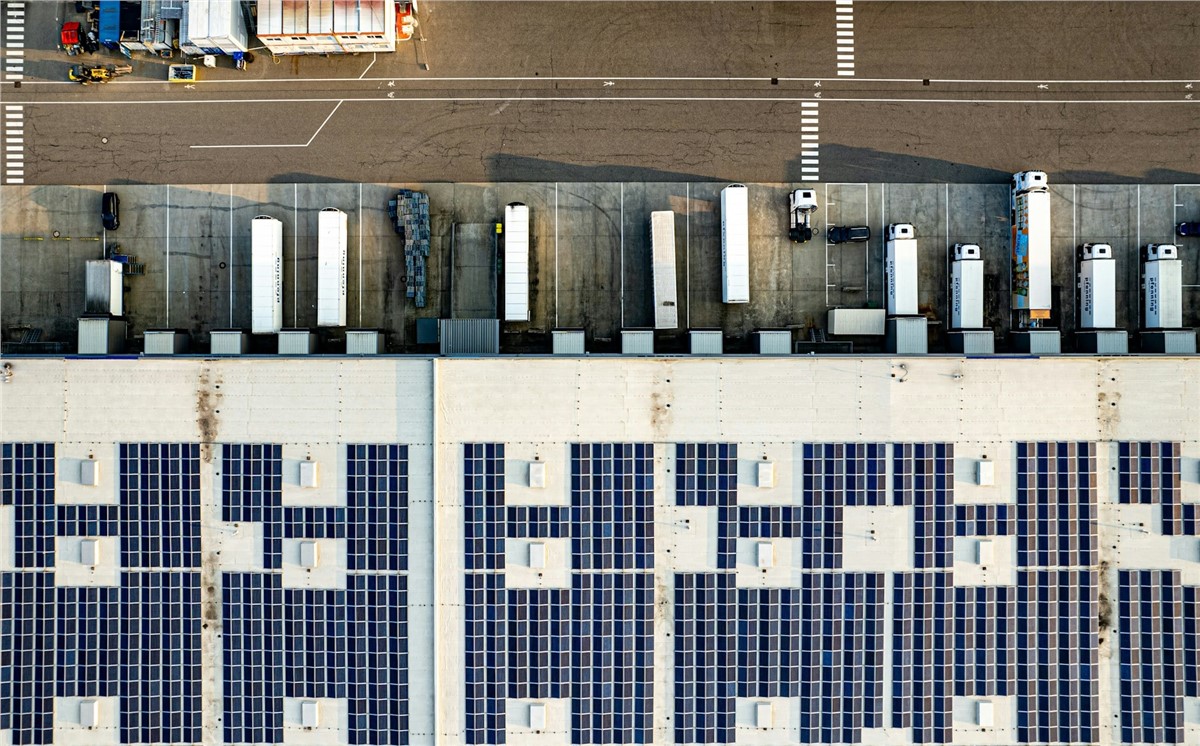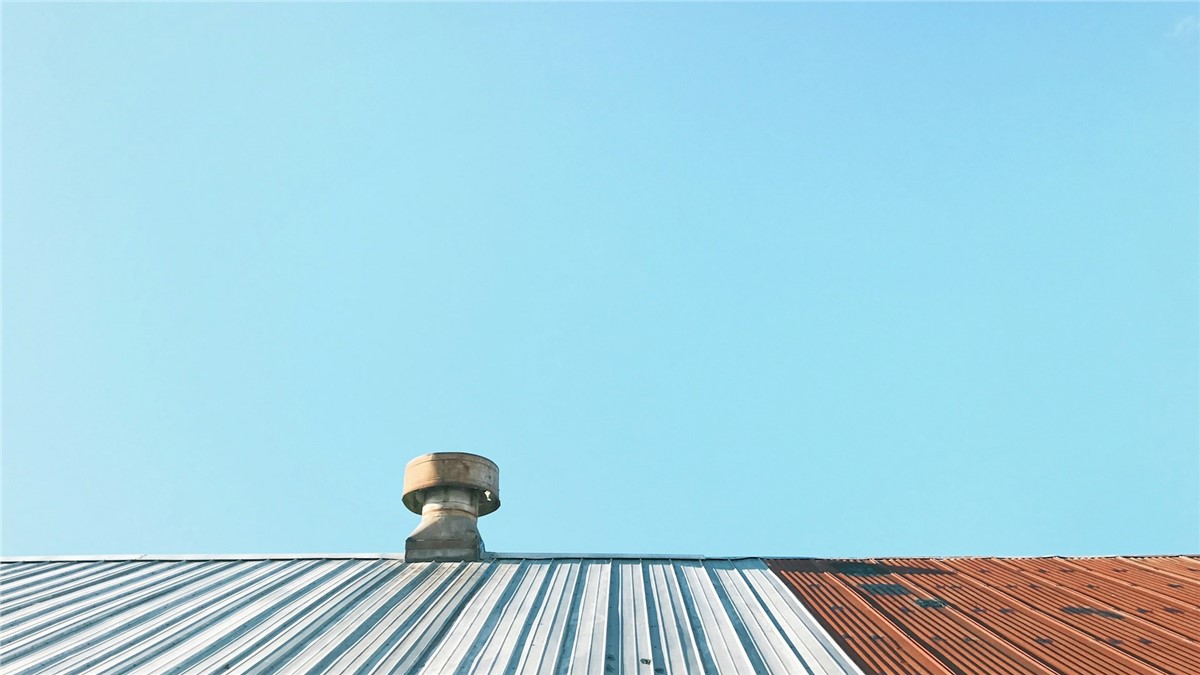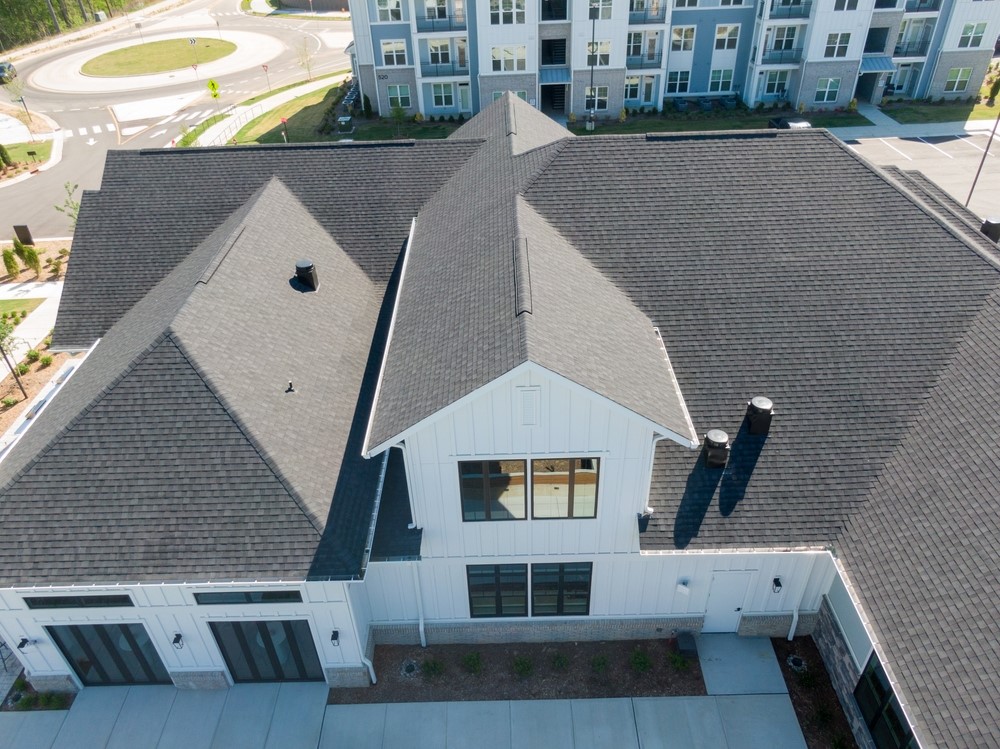If you live in a climate that sees a lot of ice and snow, be aware of the kinds of damage that ice dams can do to your roof. Ice damming is often the number one reason of roof repair at the end of a long winter, but they can be prevented with the right steps.
What Is an Ice Dam?
Ice dams are a serious problem for many homes that live in freeze/thaw climates. They are also a serious problem in homes that aren’t properly insulated or ventilated. Ice damming occurs when the melting snow and ice on your roof refreezes at the very edge, building up a thick layer of ice that can cause melting water to back up under the shingles of your roof. They may appear as thick bunches of icicles hanging off the edge of your roof, or your first indication could be that you have water leaking into your attic.
Ice Dam Removal Tips
If you find ice dams on your home, do not attempt to break or chisel them up; this could do more harm to your roof. Likewise, you don’t want to throw a bunch of salt or ice melt up there either.
Instead, first stop any leaks by taking a fan and pointing it at the underside of your roof. This cold air will freeze the water on your roof, stopping it from leaking in or forming a bigger ice dam.
Next, get a roof rake and take the time to rake the snow off the roof toward you. Wheeled roof rakes do not hurt the roof or the shingles, but they will help prevent ice damming from forming. This is particularly crucial after a very heavy snowfall; heavy snow may stay frozen on top, but it traps the warm air in your attic below, melting the snow on the roof more quickly and building up ice dams overnight.
Once the ice dams have melted and are gone, have your roof inspected for signs of damage or water infiltration. You may need to have the insulation replaced in your attic, have mold cleaned up, or you may need some shingles replaced.
Preventing Ice Dams
The best thing to do about an ice dam is prevent them from occurring. One of the biggest culprits to ice dam formation is a lack of attic ventilation. This allows your attic to become heated from the warm air below, which in turn melts the snow on your roof and causes the ice dam. Ventilation helps bring in cold outside air into the attic, where it helps prevent the warm air from building and melting the snow.
Many homes do not have adequate attic ventilation; having it added to your attic can help you prevent future roof repairs by stopping the formation of the ice dams. In addition to getting extra ventilation, you may also want to look into getting your attic better insulated; poorly insulated attics heat up faster than those designed to keep the heat down in the rest of the house where it belongs.
Ice Damming: Protect Your Roof
Those icicles you see on your roof’s edge may look pretty, but they can indicate much larger problems. Take steps to protect your roof and prevent future roof repairs by eliminating ice dams and know that your house is well protected.
Subscribe to NV Roofing's Blog







